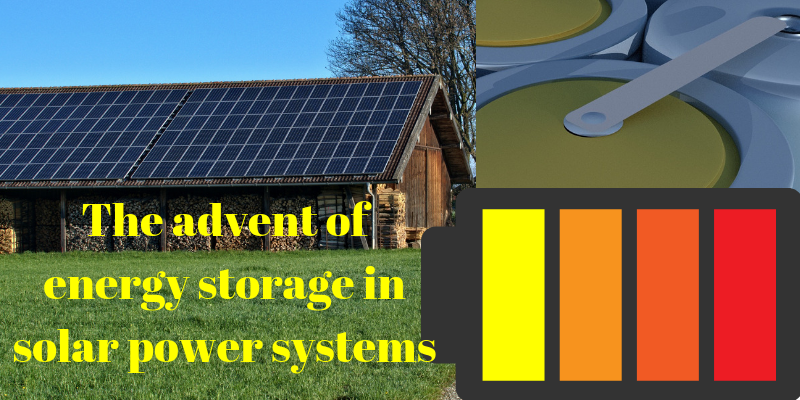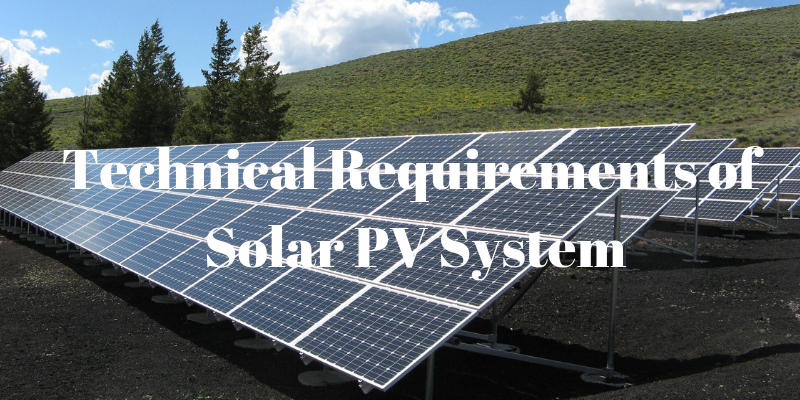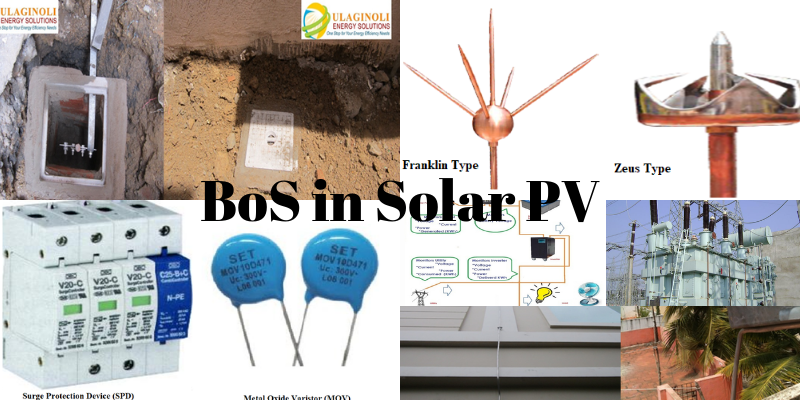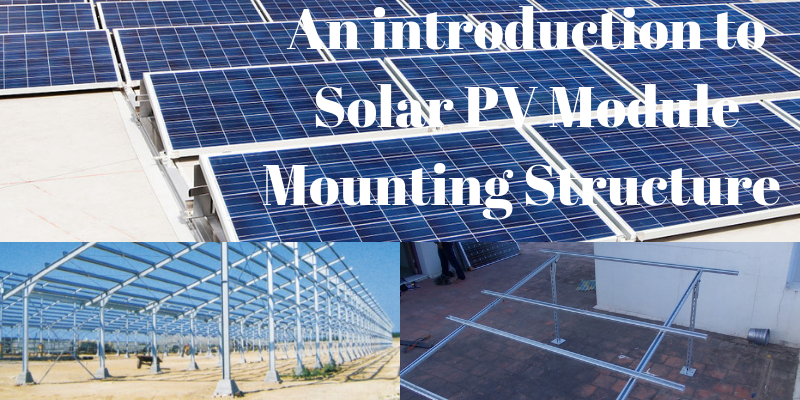The advent of energy storage in solar power generation systems
Energy Storage Solutions have become the latest talk of the energy industry. While the need for energy generation in the cleanest and renewable form has gained a lot of traction, the need for energy storage is being slowly realized by the industry. While energy storage in residential and small level commercial sector is in existence ever since the solar power was introduced, the energy storage in large scale solar power plants have never been considered earlier. Latest technologies that combine energy storage to grid tie solar power generation systems can change the way the residential solar installations are being made.
Technology
The technology that is being used widely for energy storage is the Lithium Ion. While the lead acid batteries are time tested and widely used for energy storage, Lithium Ion technology has gained momentum. The ability of Lithium ion to provide deeper discharge cycle and integrate with grid system makes it the most favorable.
Lithium ion battery, usually abbreviated as LIB are rechargeable batteries. During the time of discharge, the lithium ions move from the negative electrode to the positive electrode, At the time of charging, the reversal happens. LIBs can be based on Lithium Cobalt oxide, Lithium iron phosphate, lithium ion magnese oxide, lithium nickel magnese cobalt oxide. However, Lithium iron phosphate are widely used because of its relative large specific capacity, well defined performance , long term stability and less toxic nature.
Advantages of Lithium Ion Batteries
Compact Size
The energy density of the lithium ion batteries are very high and this makes them very compact in size. This makes it easier for installation and deployment.
Deep Discharge
The discharge by the lithium ion batteries can go up to even 100%, while 80% is normal. The beauty in the lithium ion batteries is that the discharging can be irregular and still the battery performance and life cycle will not be affected. The charging rate is also very faster relatively,
Long life cycle
The life of the life iron phosphate batteries is around 2000 cycles. There are lithium iron batteries that comes with a ten year warranty, making them the most durable battery ever available.
Battery management system (BMS)
The energy storage system should be equipped with a battery management system. The BMS should be able to prevent over charging and over discharging the battery, any accidental short circuit, protection from extreme temperatures.
Energy Storage with the solar power
Combination of energy storage with solar power generation bring a whole lot of advantages. It can be integrated with the large scale solar power plants as well.
Advantages
Stable Output
The energy output from the power plant will vary on the solar irradiation. The solar irradiation may not be constant and the output power will also vary. The presence of a storage system will help in providing a stable and reliable output.
Stable frequency
With the help of energy storage system, fast and high performance power that can match the grid frequency can be provided.
Cut down peak demand costs
The peak hour charges of the electricity from the grid may be very high. If the solar power is stored and used during the peak hours, the huge peak hour charges can be avoided
Eliminate feeder issues
The pressure on the transmission and distribution lines can be avoided by scheduling the power transfer from various sources with the presence of a energy storage system
Managing power outage
The energy storage systems provide power during outages. In case of natural calamities where power supply is cut down for many days, these energy storage systems ensure that there is back up power.
No need to be exported
When there is no provision to use net meter, these energy storage systems ensure that the generated power is used when there is a need.
The energy storage in solar power systems is shaping up in a positive way and is poised to change the way renewable energy is being consumed today.




